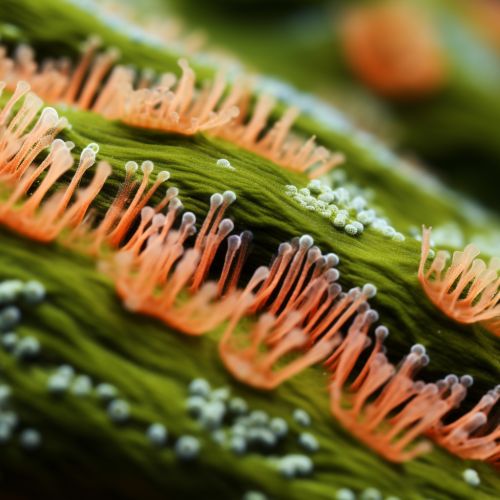Shewanella algae
Taxonomy and Classification
Shewanella algae is a species of bacteria that belongs to the genus Shewanella. The genus Shewanella is part of the family Shewanellaceae, which is a member of the order Alteromonadales, within the class Gammaproteobacteria, in the phylum Proteobacteria. The Proteobacteria phylum is one of the largest and most diverse bacterial phyla, comprising several well-known genera such as Escherichia and Salmonella.


Description and Characteristics
Shewanella algae is a Gram-negative, rod-shaped bacterium. It is facultatively anaerobic, meaning it can grow in both the presence and absence of oxygen. It is also a motile bacterium, possessing a single polar flagellum that allows it to move in liquid environments. Shewanella algae is known for its ability to reduce a wide range of electron acceptors, including oxygen, nitrate, iron, manganese, and even uranium. This metabolic versatility allows it to survive in a variety of environments, from the deep sea to freshwater systems.
Ecology and Distribution
Shewanella algae is widely distributed in marine environments, particularly in coastal and estuarine waters. It has been isolated from a variety of sources, including seawater, sediment, and marine organisms such as fish and shellfish. The bacterium is also known to form biofilms, which are complex communities of microorganisms that adhere to surfaces. Biofilms provide a protective environment for bacteria and can enhance their survival in harsh conditions.
Role in Disease
Shewanella algae has been recognized as an emerging pathogen, particularly in immunocompromised individuals and those with underlying health conditions. It has been associated with a range of infections, including skin and soft tissue infections, bacteremia, and otitis media. The bacterium is also known to cause wound infections, particularly in individuals with exposure to marine environments.
Research and Applications
Due to its unique metabolic capabilities, Shewanella algae has been the subject of numerous research studies. Its ability to reduce a wide range of electron acceptors has potential applications in bioremediation, the use of microorganisms to clean up environmental pollutants. For example, the bacterium could potentially be used to reduce heavy metals in contaminated water or soil. Additionally, its ability to form biofilms may have implications for the design of antimicrobial surfaces and coatings.
